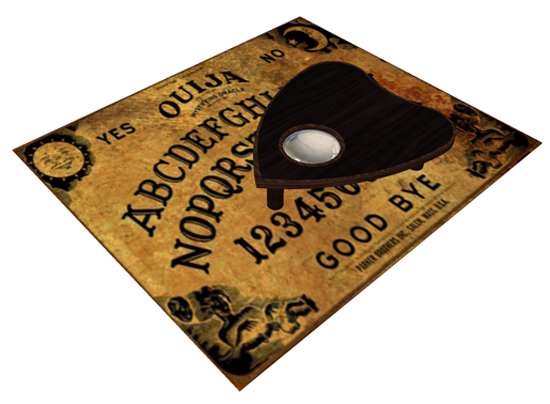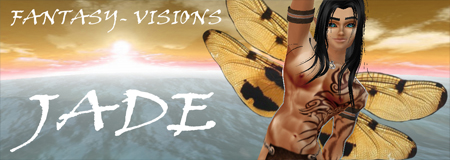Following its commercial introduction by businessman Elijah Bond on July 1, 1890, the Ouija board was regarded as a harmless parlor game unrelated to the occult until American Spiritualist Pearl Curran popularized its use as a divining tool during World War I.
Paranormal and supernatural beliefs associated with Ouija have been harshly criticized by the scientific community, since they are characterized as pseudoscience. The action of the board can be parsimoniously explained by unconscious movements of those controlling the pointer, a psychophysiological phenomenon known as the ideomotor effect.
Some mainstream Christian denominations have "warned against using Ouija boards", holding that they can lead to demonic possession. Occultists, on the other hand, are divided on the issue, with some saying that it can be a positive transformation; others rehash the warnings of many Christians and caution "inexperienced users" against it.
This table rug set is a furniture item for use in any room. It has no nodes so you can add your own.
Developers please Do Not! leave your version of this mesh Derivable.

